Anna Gorsche
Introduction:
This study explores the linguistic landscapes of two locations in the metro Atlanta area, the main outdoor shopping area in Clarkston, and Plaza Fiesta in Chamblee. Clarkston has been described by The Guardian as the most diverse square mile in America and is noted for its ethnic diversity and its large immigrant population.[1] Often referred to as the “Ellis Island of the South”, most of the immigrants in Clarkston are from Nepal, India, Pakistan, and the Philippines.[2] Plaza Fiesta, meanwhile, is a Latin American shopping mall in Chamblee. It sits on Buford Highway, which is a very ethnically diverse community spanning roughly ten miles of Georgia State Route 13 (SR13) in northeast Atlanta with a high population of Mexican, Central American, Chinese, Vietnamese, and Korean immigrants.

Image Source
Plaza Fiesta acts as both a retail and community space for the Mexican and Central American population in the area. Despite both locations acting as hubs for minority groups within an English-dominant society, Clarkston’s residents represent an incredibly diverse multilingual environment whereas Plaza Fiesta is largely a Spanish-dominant space. This has a potentially profound impact on the necessity and usage of English in these two spaces. This study thus seeks to explore the similarities and differences in the use of English in these two diverse communities within an English-dominated society.
Research Design:
To investigate the use of English in these two locations, the use of English on the main signs and interior signs of 15 stores at each location was counted. As Plaza Fiesta is a shopping mall that has many interior stalls and the area in Clarkston I focused on was an outdoor shopping center with separate storefronts, I defined a store as a retail space with an entry door that you must walk through to enter. This excluded stalls within Plaza Fiesta that consisted solely of a counter for ordering. The language used on the main storefront sign, as well as on signs made by the store that provided product or service descriptions, was noted. In addition, the language in which I, as a visibly white American, was greeted upon entry at 5 of the stores at each location was recorded. Significant in the data collection were the usage and dominance of English on main signs and the language used by the stores themselves to provide descriptions of the products and services they were providing.
Results:
| Store name | Exterior sign(s) | Interior signs for products and services | Greet | |
| In English | 9/15 | 8/15 | 7/15 | 5/5 |
| In another language | 1/15 | 0/15 | 0/15 | 0/5 |
| English dominant multilingual | 5/15 | 6/15 | 7/15 | n/a |
| Non-English dominant multilingual | 0/15 | 1/15 | 1/15 | n/a |
| Store name | Exterior sign(s) | Interior signs for products and services | Greet | |
| In English | 8/15 | 4/15 | 3/15 | 1/5 |
| In Spanish | 6/15 | 3/15 | 9/15 | 5/5 |
| English dominant multilingual | 1/15 | 2/15 | 2/15 | n/a |
| Spanish dominant multilingual | 0/15 | 6/15 | 2/15 | n/a |
Analysis:
The results indicated that while Clarkston is more linguistically diverse, English is far more present in the linguistic landscape than it is at Plaza Fiesta, a relatively homogenous space linguistically. In Clarkston, of the fifteen stores studied, only one shop name was entirely in another language whereas, at Plaza Fiesta, six shop names were entirely in Spanish. Furthermore, in Clarkston, none of the interior signs providing product descriptions were entirely in another language whereas at Plaza Fiesta nine of the shops had interior product descriptions entirely in Spanish.
Furthermore, in Clarkston, I was greeted entirely in English upon entirely a shop whereas at Plaza Fiesta I was greeted in Spanish in four out of the five stores I observed. These results are somewhat ambiguous because I am a visibly white person, and most likely perceived as American due to the surrounding context. Thus, it seems obvious I would be greeted in English. However, I think that these greetings are particularly relevant when you examine the Plaza Fiesta results and note how I am greeted almost entirely in Spanish despite my outward appearance. This indicates how linguistically dominant Spanish is within Plaza Fiesta, despite it being in Atlanta, a very English-dominant place.
Observations I found particularly interesting were made in two larger box stores in each location – within Ross Dress for Less (Ross) at Plaza Fiesta and Thriftown in Clarkston. Ross is an American chain of discount department stores and Thriftown is a grocery store featuring a variety of products, but mostly standard grocery products that can be seen in any major American grocery store such as Kroger or Publix. Ross at Plaza Fiesta’s signage inside had Spanish translations underneath all the English text, which cannot be seen in areas that do not have large Spanish-speaking populations. Furthermore, Thriftown’s handmade signs were entirely in English, and instances of other languages on signage were always translated into English as well.
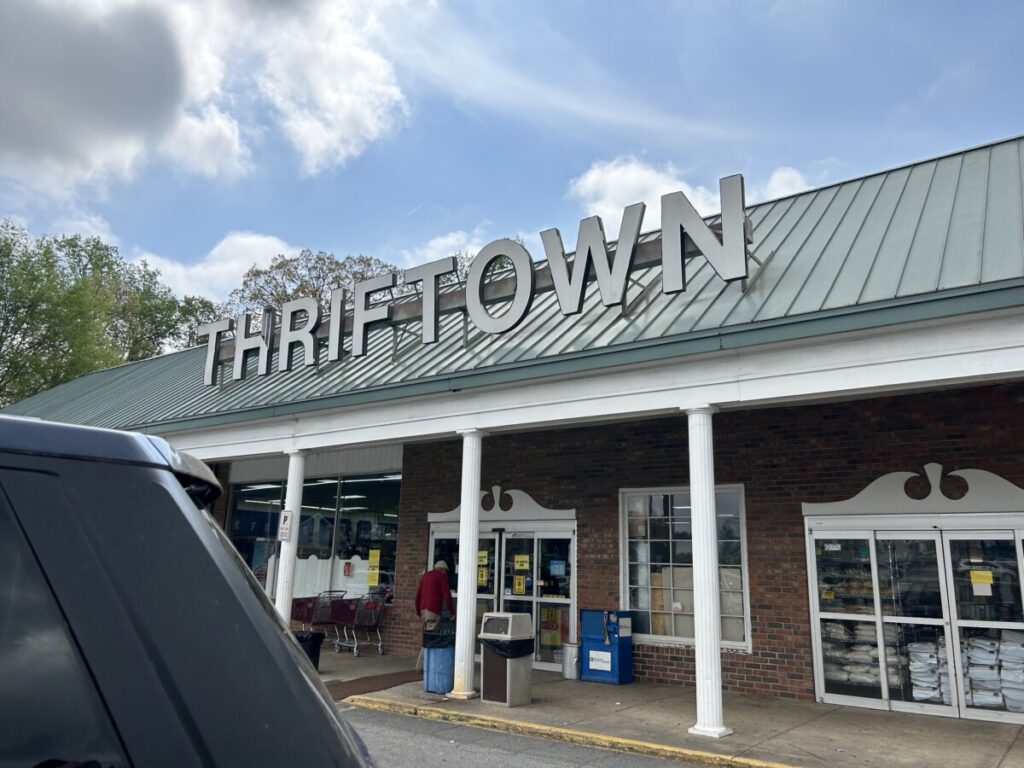
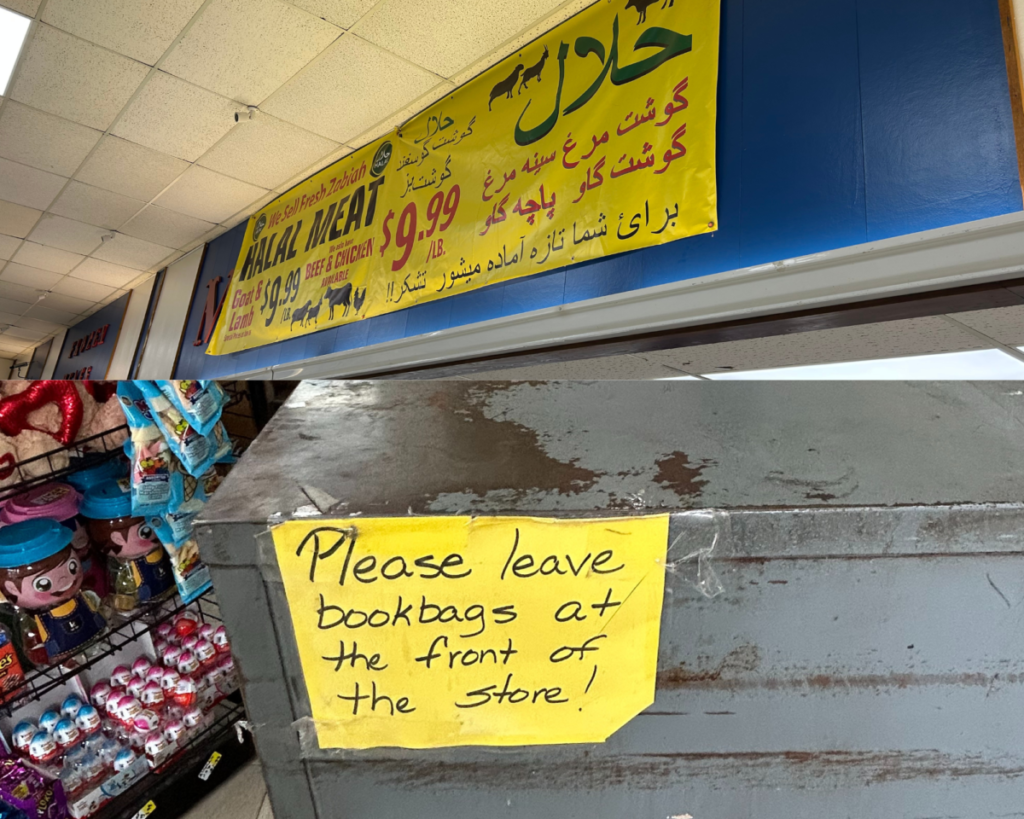

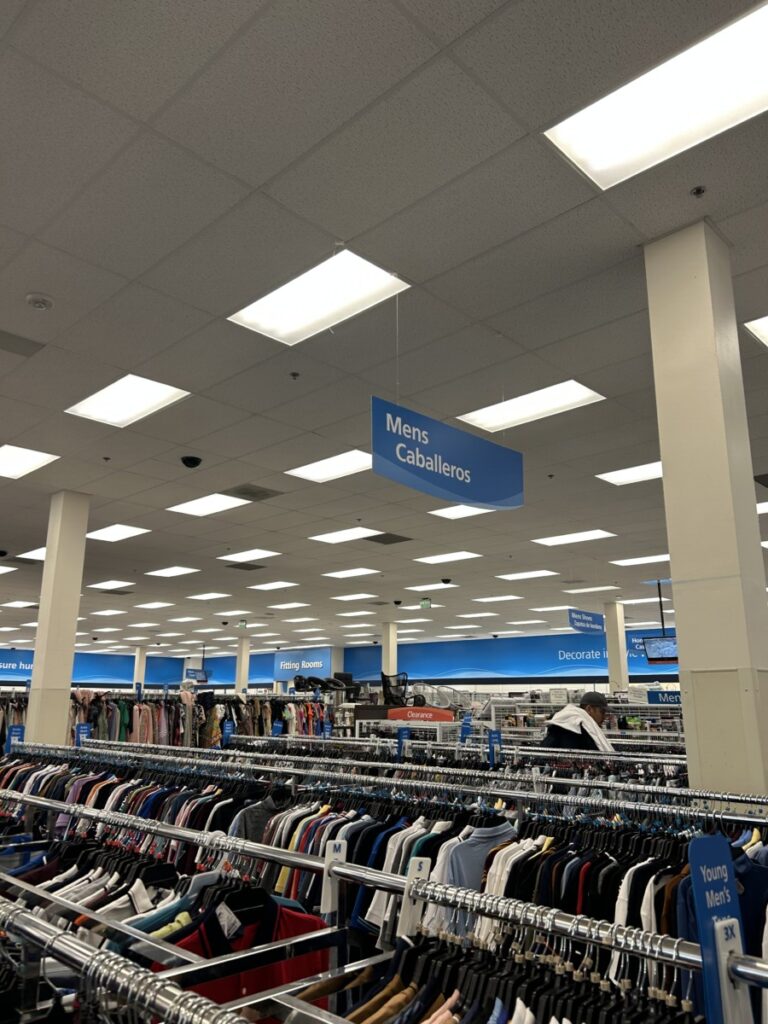
Furthermore, I found it interesting how at many sites in Plaza Fiesta with names entirely in English all the products and services were described exclusively in Spanish. Whereas at Clarkston, even within stores that were targeted towards very specific communities that speak the same language or languages, all handmade signs providing product descriptions or shop rules and instructions were entirely written in English.
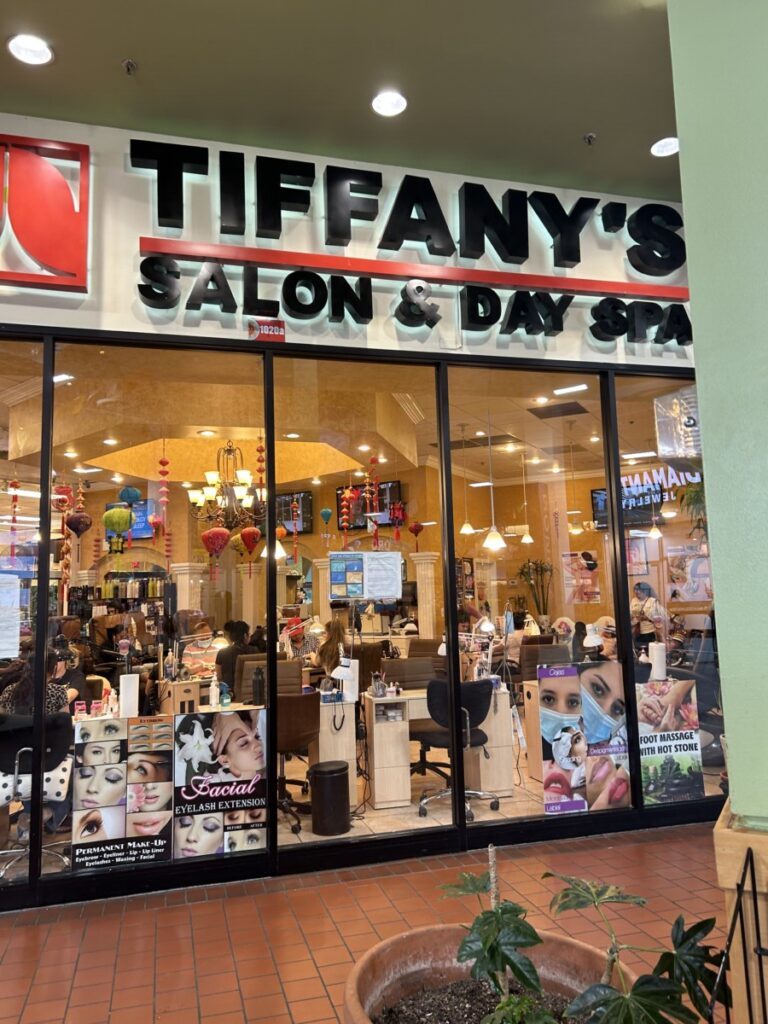
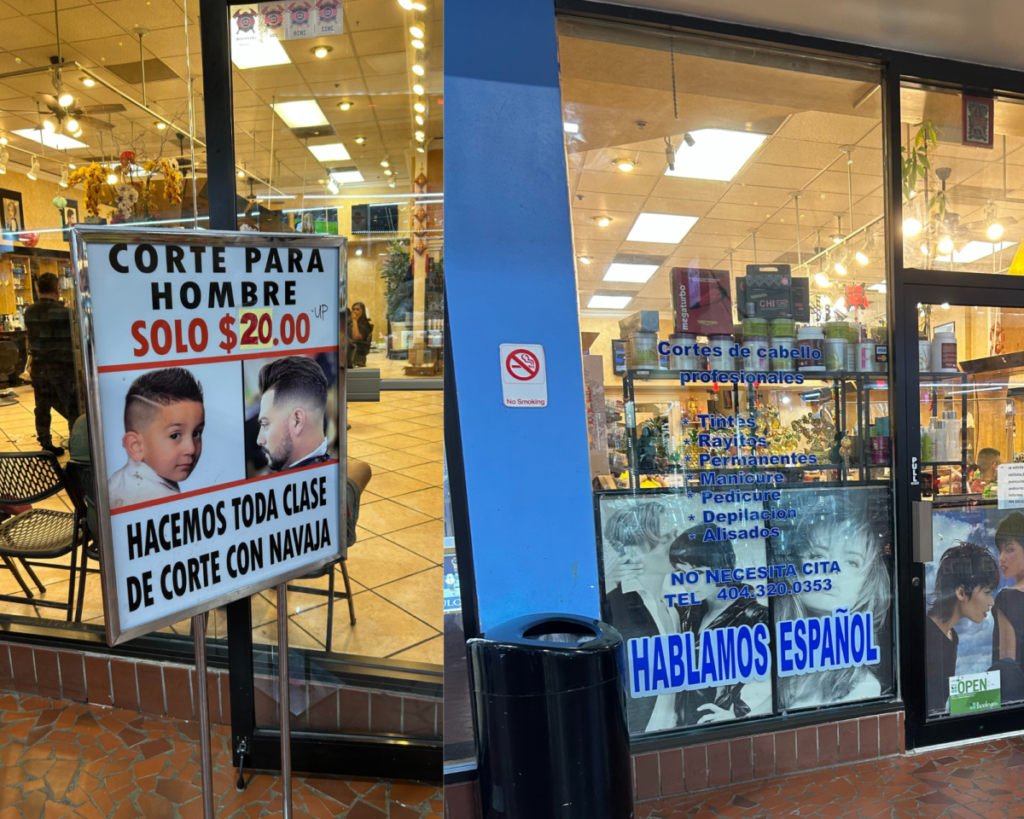

These results suggest that perhaps because Clarkston is so culturally diverse, there is a need for English to operate as a lingua franca and it is therefore utilized much more than it is within Plaza Fiesta, where most of the shopkeepers and patrons speak Spanish. While this was my expected result, I find it counterintuitive and worth noting that the more linguistically diverse area uses more English than a less linguistically diverse area within the greater context of Atlanta.
[1] https://www.theguardian.com/us-news/2017/may/24/clarkston-georgia-refugee-resettlement-program
[2] https://www.cbsnews.com/news/refugees-clarkston-georgia-afghanistan/#:~:text=Their%20neighbors%20include%20people%20from,the%20city’s%20one%20square%20mile.

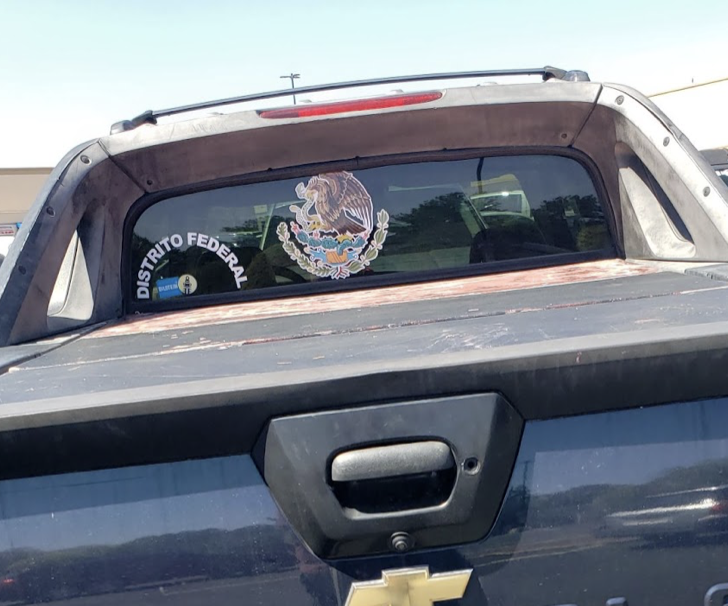
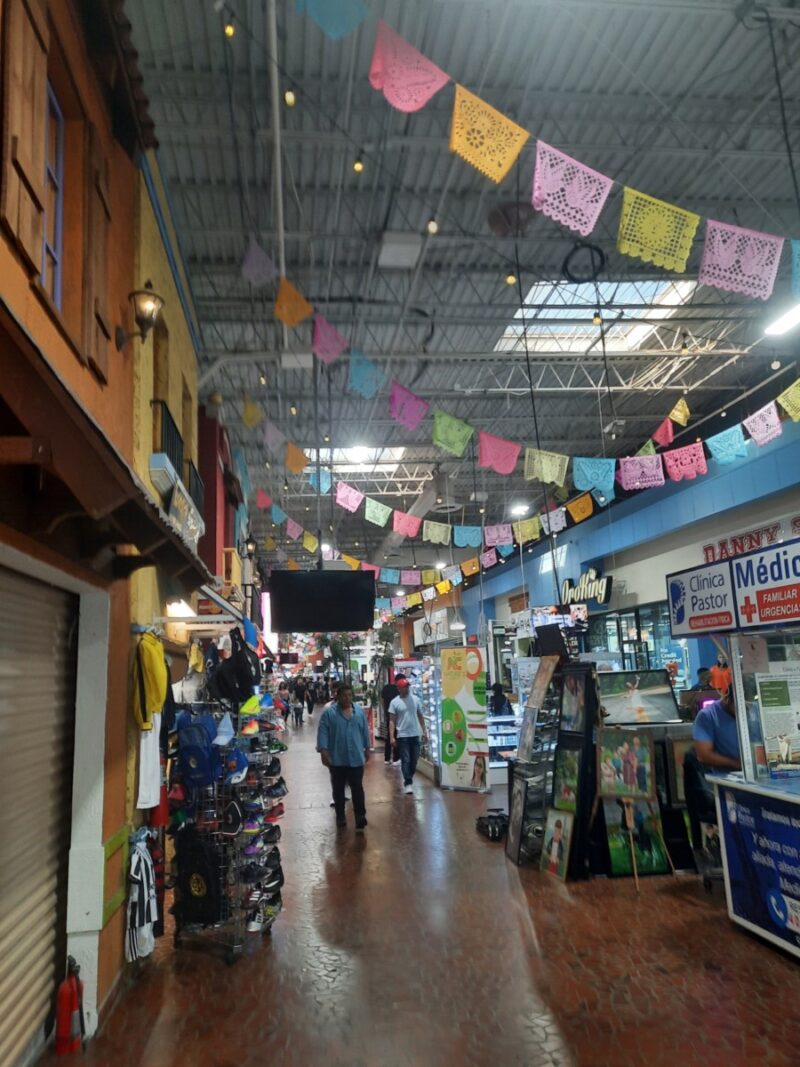

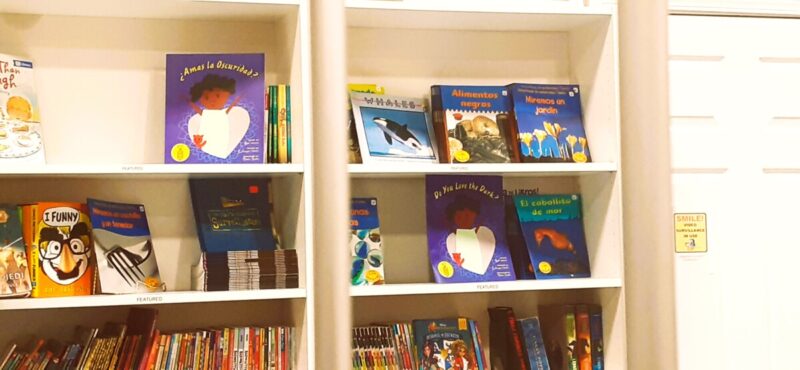
1 Comment
Add Yours →I really loved that you chose to focus on two separate spaces that operate and cater to minority groups with a variety of linguistic codes in an English dominant society. It was fascinating reading your results and analysis and how you compared the use of English in these two spaces. I thought it was interesting how in Plaza Fiesta you were greeted in Spanish while at Clarkston it was all in English despite the linguistic diversity. It goes to show that the use of language in distinct spaces really depends on the dominant or larger group and what is easiest for communication.